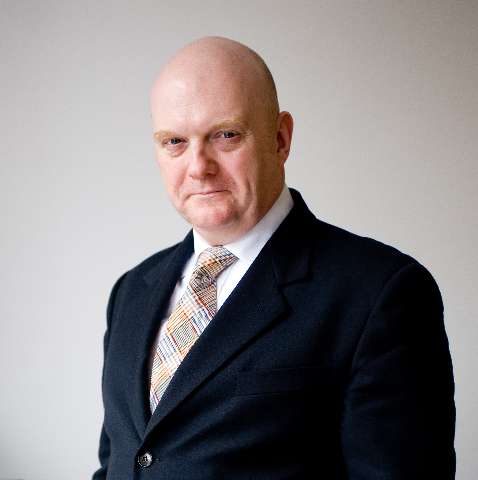This first mixed programme of the new season at The Royal Ballet foregrounds the ensemble as the star in a bill that brings together three unlikely bedfellows that nonetheless get along very well. They are all in some significant way creatures of the swinging sixties: Concerto was originally created by Kenneth MacMillan at the start of his brief tenure as director of Deutsche Oper Ballet, in 1966; and, in that same year, Rudolf Nureyev turned the final act dances of Raymonda into his own new one-act production, as distinct from the full-length ballet (made by Marius Petipa, in Russia, at the end of the nineteenth century). Enigma Variations had been on the crowded back-burner of Frederick Ashton’s imagination for many years before it was finally premiered in 1968. Despite each being made within a brief period, just over a half-century ago, they are so different in style and substance that this shared chronology beggars belief.
Concerto was a significant departure from the expressionist narratives that have generally hallmarked MacMillan’s works both before and after his time in Berlin. A plotless ballet of stark simplicity, closer in style to the contemporary oeuvre of Balanchine, it was designed specifically as a company work to test his new ensemble with a challenging series of variations – this whole triple bill could have been subtitled "The art of the variation" – enveloped around a serene pas de deux. It’s not so much a duet as it is the ballerina using her partner as a barre to enable her sweeping bends and stretches. Lauren Cuthbertson was this elastic divinity and the ever-impressive Reece Clarke was dependably secure.
The technical challenges were also accomplished superbly in the opening movement pas de deux, danced with delightful precision by Anna Rose O’Sullivan and Marcelino Sambé, although the supporting group of three couples seemed to lack the same consistency in their mutual timing. Thankfully it all came together much more keenly in the final movement where the two couples (Cuthbertson and O’Sullivan have such synergy they could be siblings) were joined by Fumi Kaneko’s joyous solo.
In some senses one supposes Enigma Variations as a Brexiteer’s dream. Considered superficially, nothing could be more quintessentially English than these vignettes of Elgar and his friends, set in the rural idyll of Worcestershire. And yet, a deeper delve shows that, despite the Pomp and Circumstance, Elgar’s musical influences were entirely derived from continental Europe. His motivations for what became the Enigma Variations were the various "friends pictured within", including his wife and an unknown lady, with each musical passage representing biographical themes and reflections. The "Enigma" description was added to the score after the Austrian conductor Hans Richter agreed to lead the first performance in 1899, a decision represented in Ashton’s ballet by the receipt of a telegram in the closing minutes, which is shown by Elgar to his imagined assembly of close friends with much joy.
Ashton’s dances have a perfect symmetry with Elgar’s music and provide a visual impetus to the composer’s thematic representation of the characteristics of his family, friends and associates, greatly enhanced by Julia Trevelyan Oman’s evocative late-Victorian, early-Edwardian designs. It cannot, however, be argued to be timeless and without prior knowledge of the provenance and purpose it is also rather inaccessible.
Nonetheless, Ashton has provided some delicious cameos that are still lovingly preserved. None more so than by Laura Morera, the epitome of delicate serenity as Elgar’s wife (The Lady, C.A.E); what a joy it is to experience her subtle strength in the Ashton style. Bennet Gartside was a noble A.J Jaeger, sharing the soaring Nimrod variation with Elgar (Christopher Saunders) in a marvellous display of choreography that is counter-intuitive to the expectations of the music.
From the Enigma Variations we travel back in time and faraway to the “Mazurka Variations” with this revival of Nureyev’s interpretation of Raymonda Act 3, set in such a gorgeous world of Hungarian opulence that Barry Kay’s sumptuous designs got a round of applause when the curtain rose. The dances are sensational and the dancers were excellent, led by the stellar duo of Sarah Lamb and Vadim Muntagirov who were thoroughly at ease and clearly enjoying themselves for our pleasure.
The programme was as much of a delight for the eclectic musical range as it was for the dancing, with Shostakovich’s Second Piano Concerto delightfully interpreted by Kate Shipway and the orchestra doing a fine job with Elgar’s characterful portraits and the velvet grandeur of Glazunov’s score for Raymonda’s third act, which – as in so many Petipa ballets – was the cause for joyous celebration (in this case the wedding of Raymonda to the knight, Jean de Brienne) but since Nureyev dispensed with the backstory we could just gatecrash a thoroughly enjoyable party!


